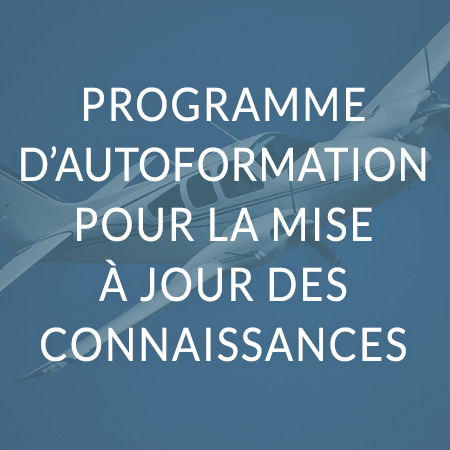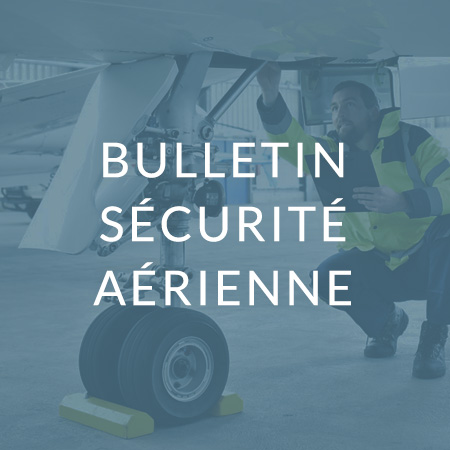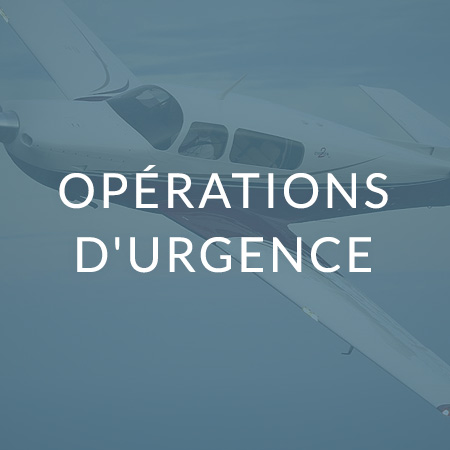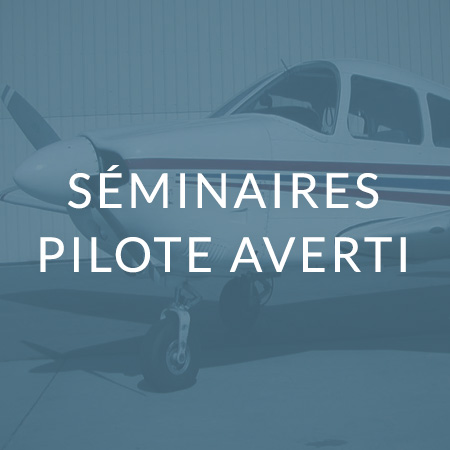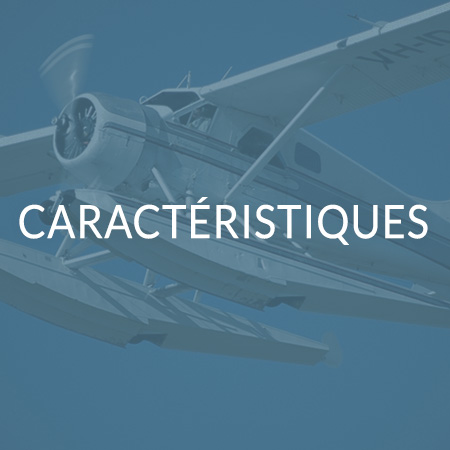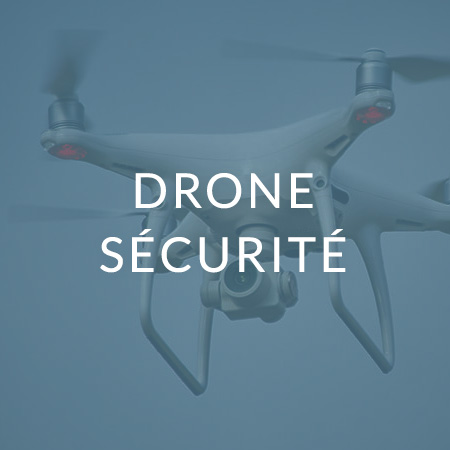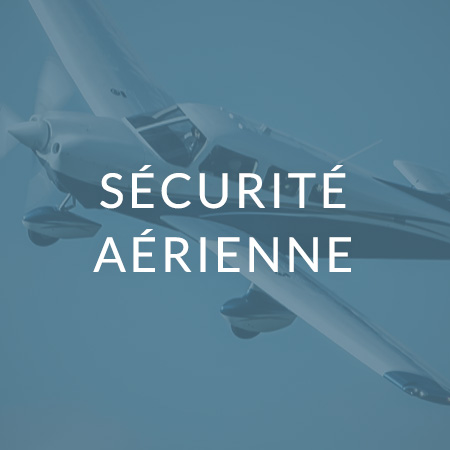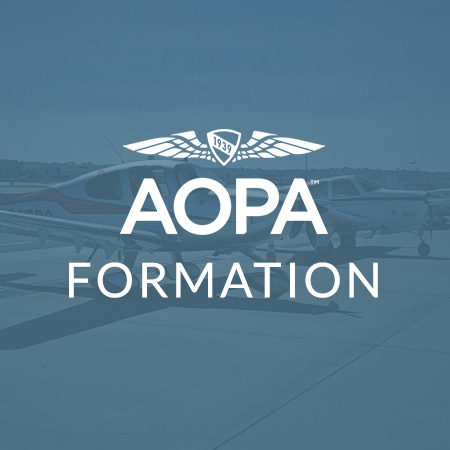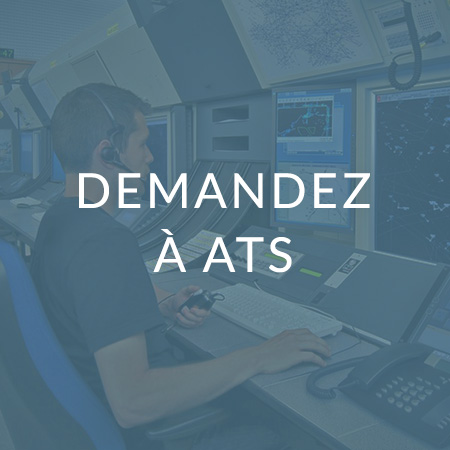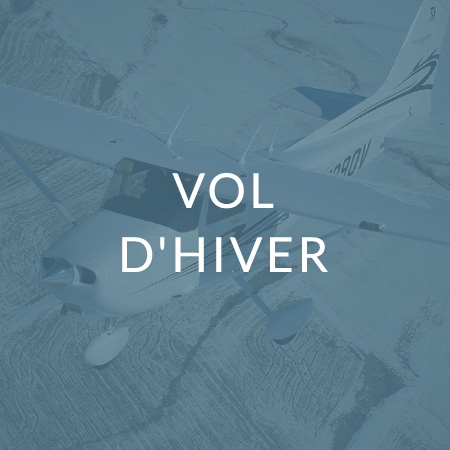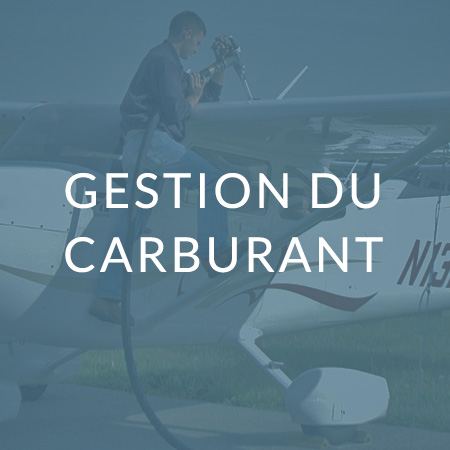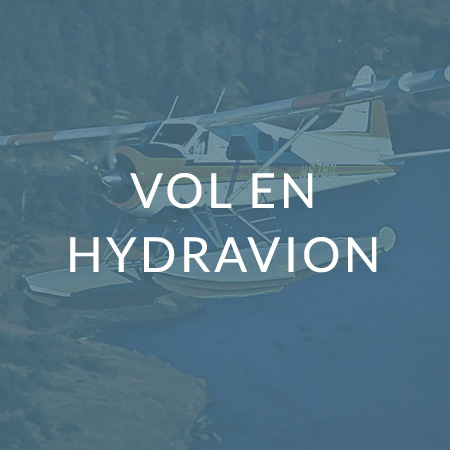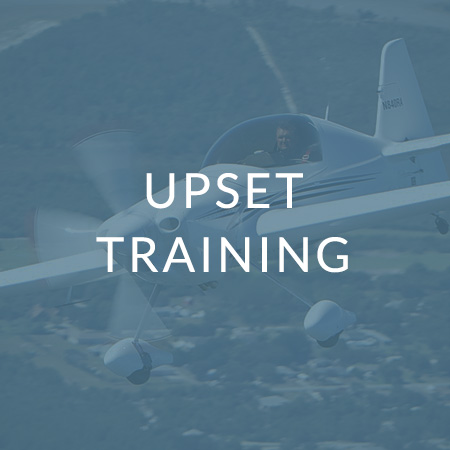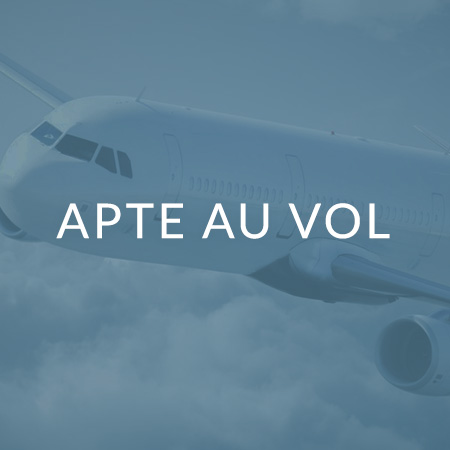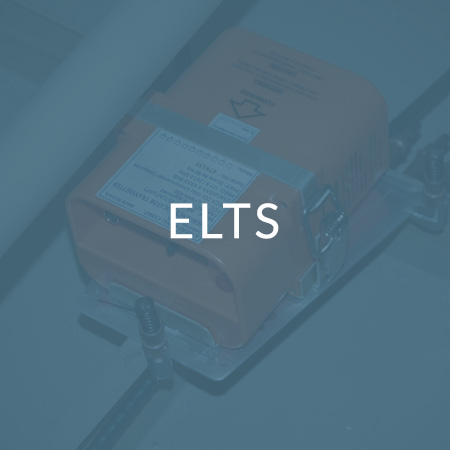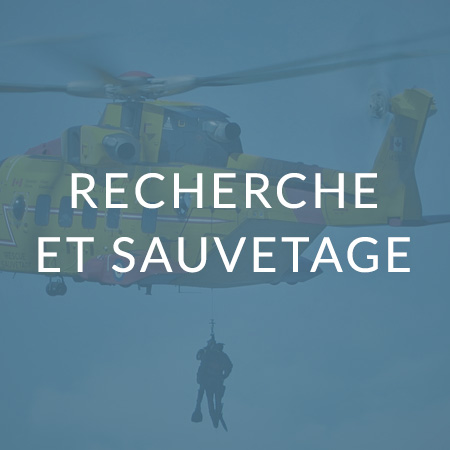Collisions with Land and Water
Fatalities continue to occur when planes collide with land and water while under crew control.
Background
Collisions with land and water occur when an airworthy aircraft under the control of the pilot is inadvertently flown into the ground, water, or an obstacle. In these cases, pilots are unaware of the danger until it is too late. This type of accident often happens when visibility is low, at night, or during poor weather. Such conditions reduce a pilot's situational awareness of surroundings and make it difficult to tell whether the aircraft is too close to the ground. The risk is even greater for small aircraft, which venture further into remote wilderness or into mountainous terrain, but are not required to have the same ground proximity warning equipment as large airliners.
The Transportation Safety Board of Canada (TSB) has investigated numerous collisions with land and water, and has identified deficiencies, made findings, and issued a recommendation on installing ground proximity warning systems in smaller aircraft. The Board has also recommended procedural changes during non-precision approaches, which would further reduce approach and landing accidents.
Collisions with land and water account for 5 % of accidents, but nearly 25 % of all fatalities. Between 2000 and 2009, there were 129 accidents of this type in Canada, resulting in 128 fatalities. Since the TSB first placed this issue on its Watchlist, the number of accidents of this type every year has not gone down.
In 2010, there were 13; in 2011, there were 14.
Transport Canada is now introducing regulatory amendments that will require terrain awareness warning systems for commercial aeroplanes with six or more passenger seats, and in turbine-powered private aeroplanes. However, until these regulations are in force, and this equipment is installed, the residual risk to Canadians will remain, and the Board believes that this issue should continue to receive attention.
Solution
Improved non-precision approach procedures, along with a wider use of technology, are required to reduce the number of this type of accident.
Smart Pilot Remarks
Even the most experienced sport and recreational pilots are sometimes focused so intently on the aircraft’s lateral navigation that occasionally the aircraft’s vertical navigation is sometimes literally but in the back seat. We can sometimes become complacent during a visual approach to a familiar airport and towards a familiar runway. We have all heard that complacency kills but in aviation, this possesses a literal meaning. Remember that complacency, does not equal, lazy, it does not equal careless or even unskilled. Complacency is a HUMAN condition which we must continually guard against.
During a night approach, a visual approach being flown in legal but reduced visibility or an approach at an unfamiliar aerodrome, always ask yourself “is this a safe vertical position for my current lateral location.





